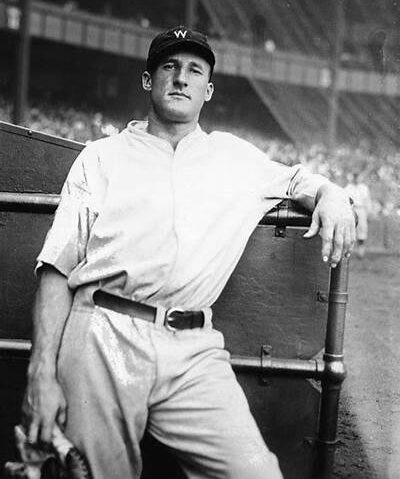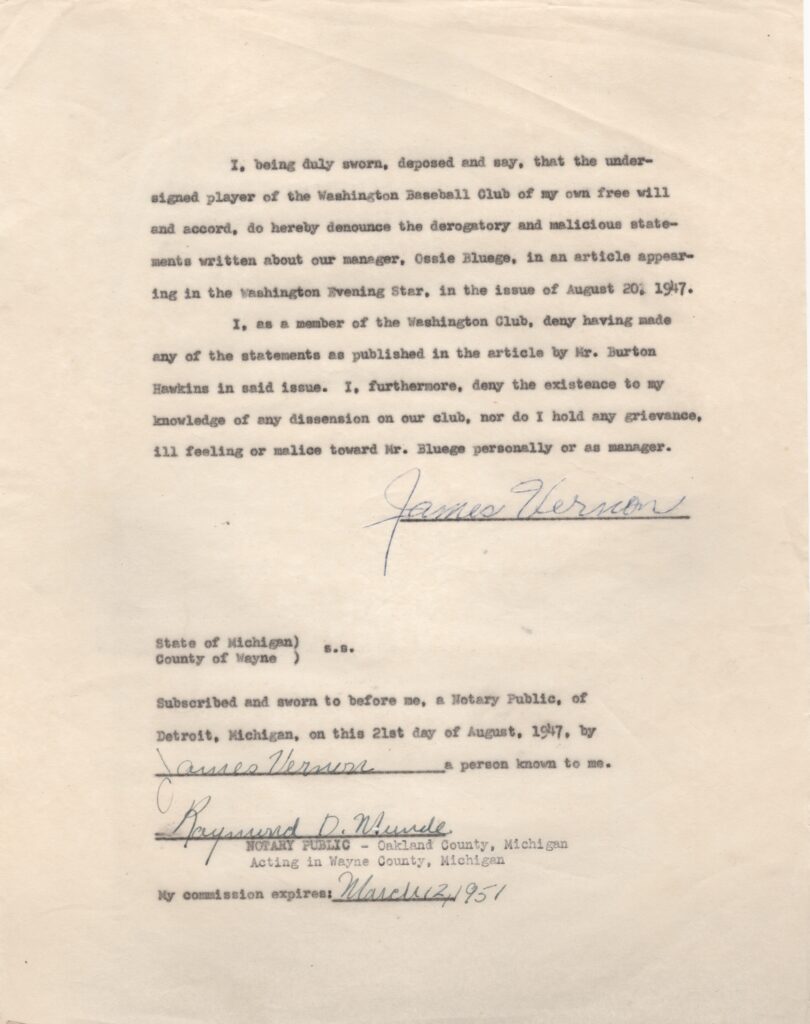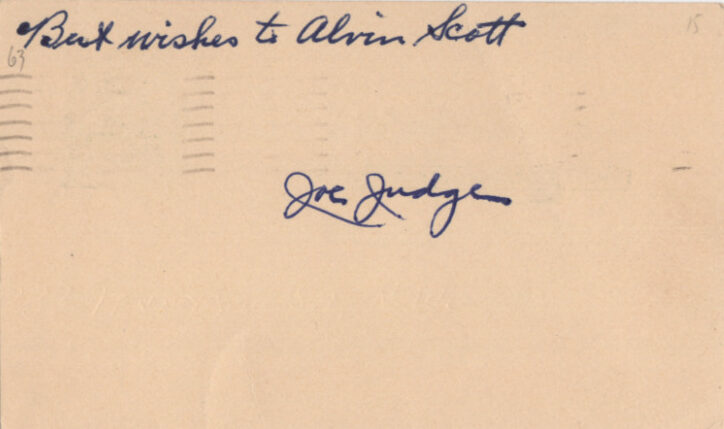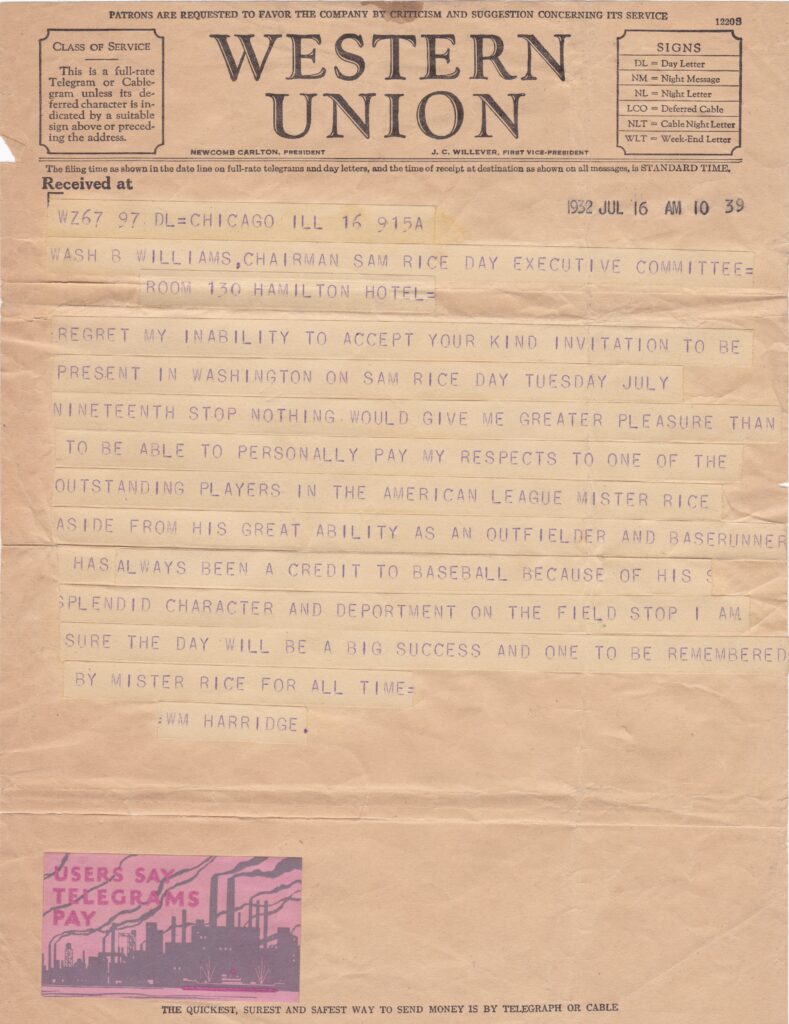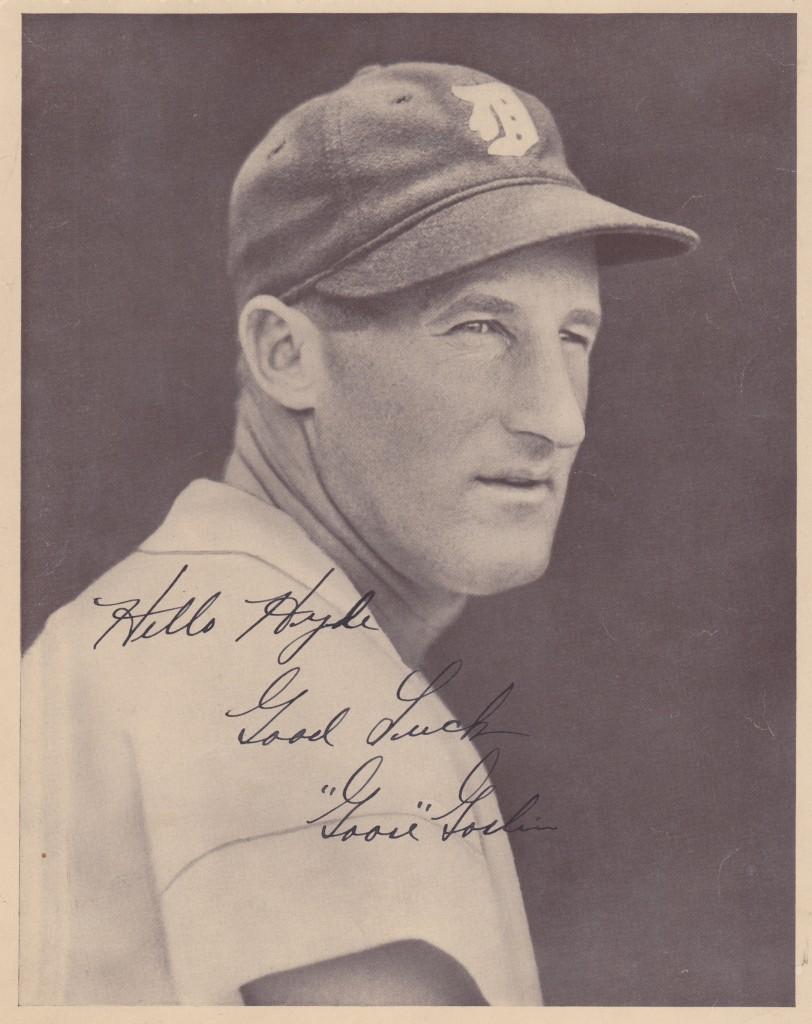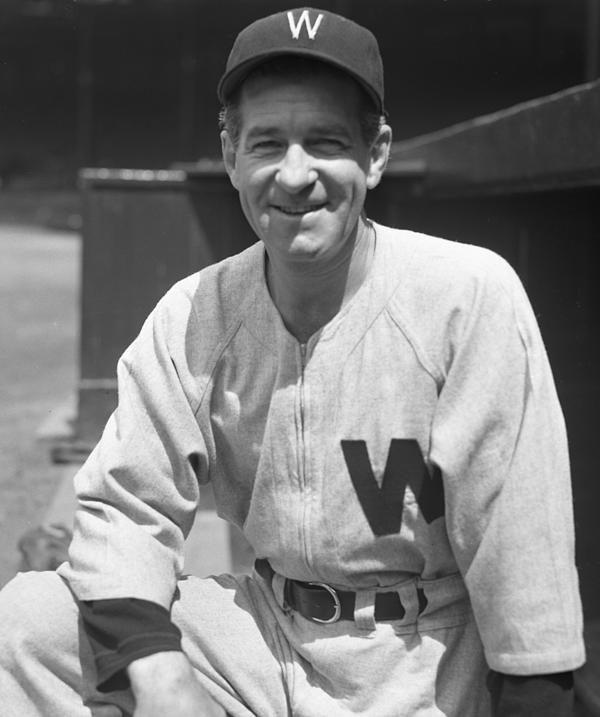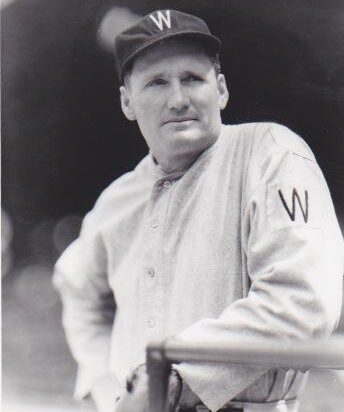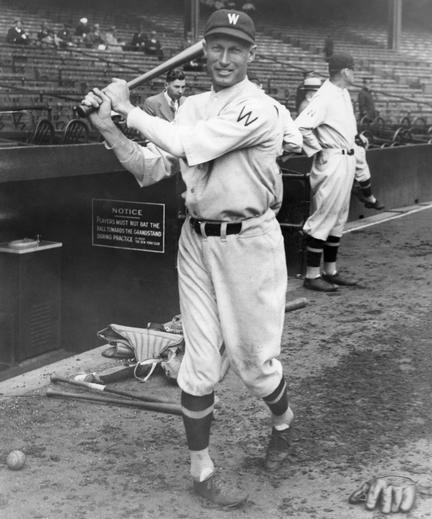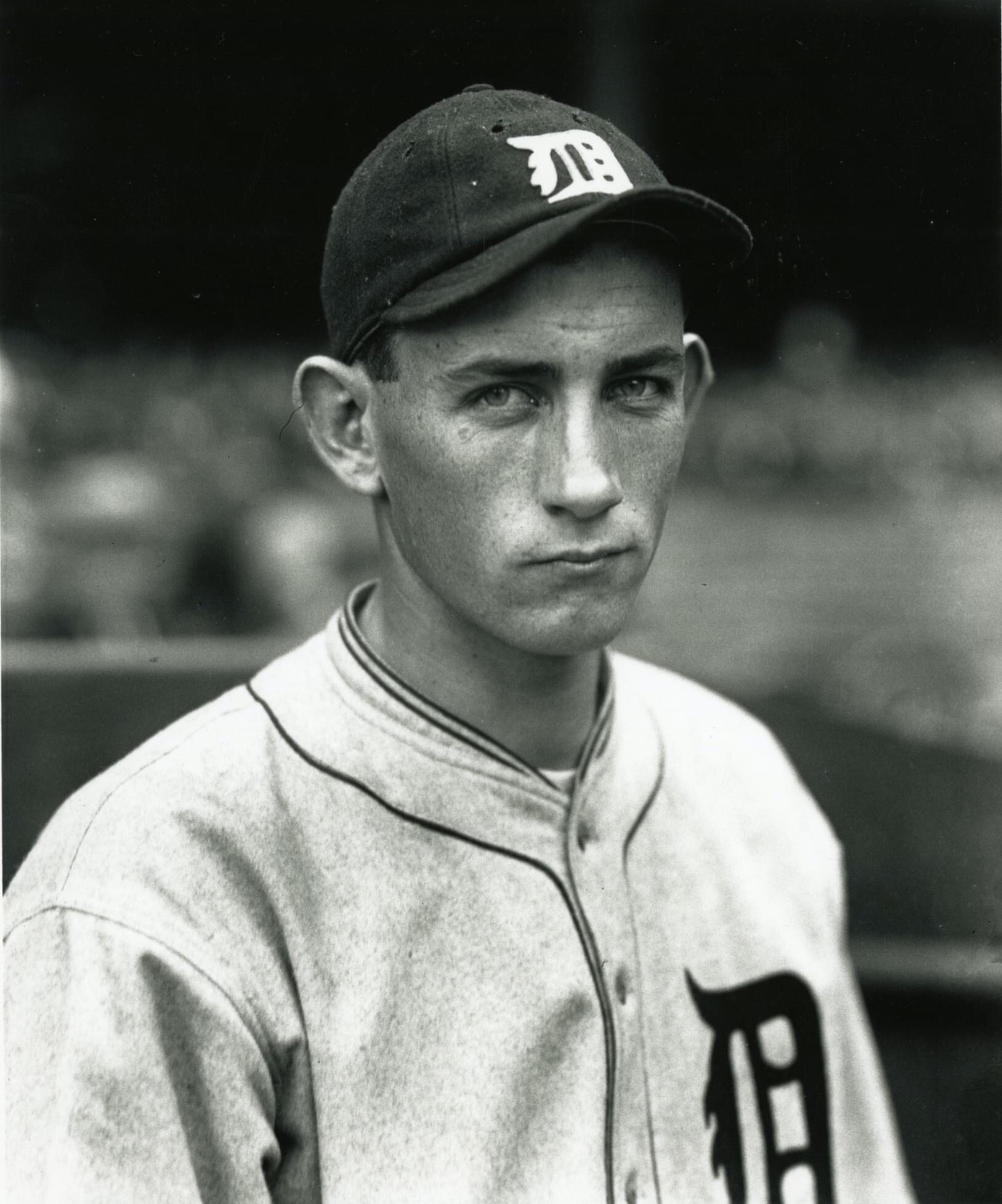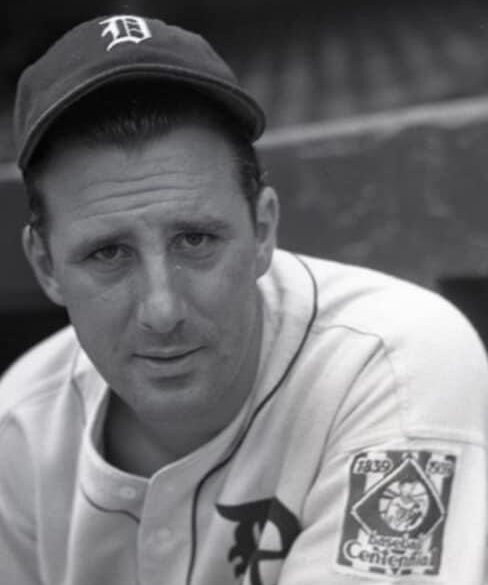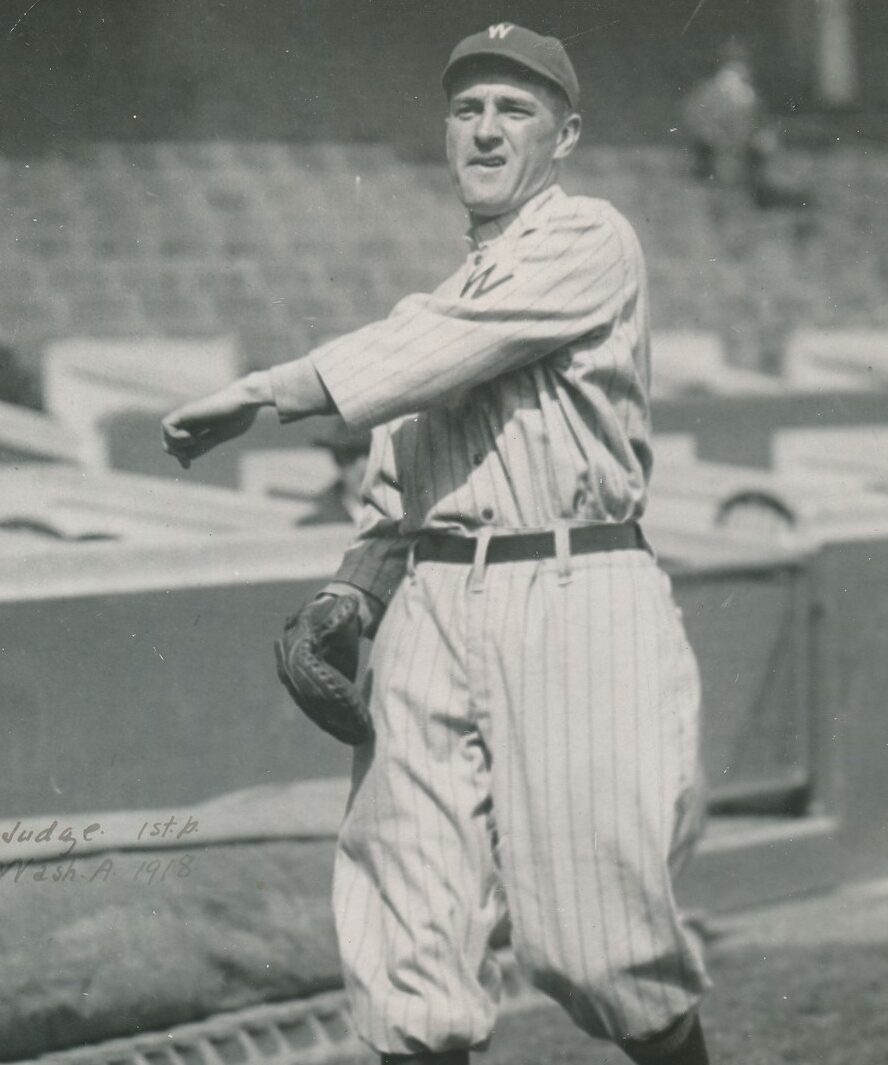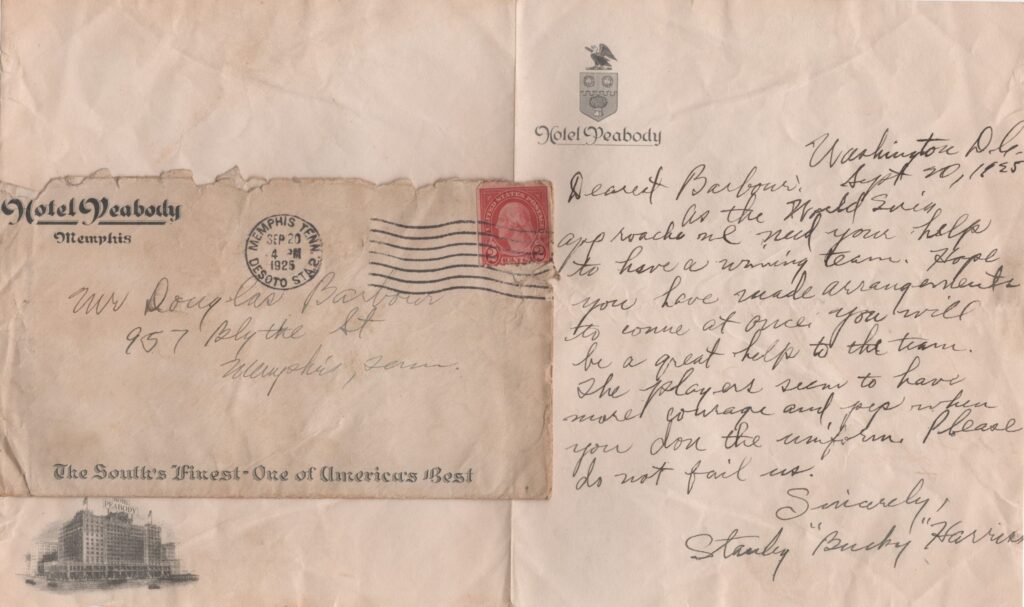
Goose Goslin was a 20-year old when he broke in with the Washington Senators in 1921. In his first season as a regular two years later, Goslin hit .300 and led the league with 18 triples.
He was just getting started.
In 1924 Washington owner Clark Griffith tabbed Goslin’s 27-year old teammate Bucky Harris as manager. Goose responded by leading the league with 129 runs batted in. It was the first of his 11 seasons topping the 100-RBI plateau. Goslin slashed a team-leading .344/.421/.516. He also paced Washington in hits, triples, homers, OPS and total bases.
With Goslin’s offense and Walter Johnson’s 23 wins, the Senators edged the Yankees for the AL crown. Goslin matched his .344 regular season average in the Fall Classic. With a double and three homers, he slugged .656, and had a cool 1.000 OPS.
The World Series against John McGraw’s New York Giants was a thriller. Johnson took losses in Games 1 and 5. The Senators beat New York in Game 6 to force a Game 7.
In the decider, the Giants held a 3-1 lead heading into the bottom of the 8th. Washington player/manager Harris tied the game with a two-RBI single to left.
Johnson came on to pitch in the ninth, just two days removed from a complete game in Game 5. He held the Giants at bay through the 12th. Washington pushed across the winning run in the bottom half to make him the Game 7 winner. It was the Senators’ only World Series triumph.
In three separate stints with Washington covering a dozen seasons, Goslin hit .323. He remained productive into his 30s. From his age-30 year through his age-36 campaign, Goslin drove in 100 or more runs five times.
Shown above is a letter written and signed by Bucky Harris. Dated 17 days before the opening of the 1925 World Series, the letter reads, “As the World Series approaches we need your help to have a winning team. Hope you have made arrangements to come at once. You will be a great help to the team. The players seem to have more courage and pep when you’re around. Please do not fail us. Sincerely, Stanley ‘Bucky’ Harris”.
Letters from this era handwritten by members of the Hall of Fame are rarely seen.
